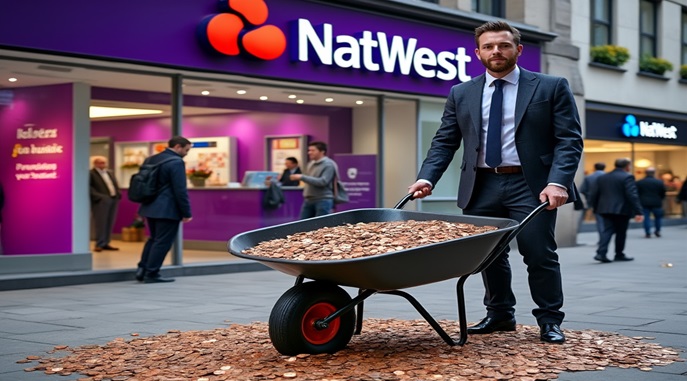
Week seven of the Bounce Back Loan scheme saw a total of some 57,645 BBLs issued, however this was also the week the “shared industry database” became live and operated in real time (as good as) and started to cause no end of problems for many people, as you will find out below.
The video below shows some of the many messages I received during week seven, which will give you a good insight into some of the many ongoing problems many people did have during that week, which for reference as from the 15th of June through to and including the 21st of June 2020.
The British Business Bank was able to have a reporting system in place at launch and it took about a month to fully operationalise it. The reporting system (the portal) allows the Bank to collect the data needed to administer guarantees in the event of borrower default.
It was not designed to monitor risks or prevent fraud in real-time, with lenders performing checks. While the portal was in place at Scheme launch, automatic reporting was not; this meant lenders had to manually upload data on individual applications, which was a slow process owing to their volume.
In order to assist with Scheme monitoring, HM Treasury put in place a database collecting daily reports directly from lenders, but at an aggregate level only. The Bank implemented automated reporting by mid-June, which allowed lenders to provide data in bulk.
However, the information held on the Bank’s and HM Treasury’s systems do not reconcile owing to the time and type of data collected.
The British Business Bank was not able to prevent duplicate applications across lenders for the first month of the Scheme. The Bank highlighted in its Reservation Notice that there was not enough time to agree with lenders a methodology to prevent duplicative applications before launch.
The Bank worked with lenders and counter-fraud groups to develop this methodology and it was implemented on 2 June, almost one month after the Scheme’s launch. The Bank and the Department identified, based on a fraud organisation’s estimate, that up to 2.3% of approved applications were duplicated.
The “shared industry database” was therefore born, and from around this week seven onward, when someone applied for a Bounce Back Loan the lender, they applied to would have to scan the database to see if they had been awarded a BBL with another lender, and if they had then they would be declined a BBL with the lender they had just applied to.
However, it very quickly became apparent that by simply adding their name onto a waiting list for example they could have been listed on that database, this was certainly the case with the thousands of people who joined the Tide waiting list.
Due to errors by some bank staff, people were also listed on that database if they had been declined a BBL, were on a waiting list and plenty of people found themselves listed on that database as having been paid out a BBL when that was not the case.
I often got complaints sent my way that when someone with more than one business, who wanted to get a BBL for each business they operated, that did not have a holding company at the top of their structure, they would be declined due to them having been awarded a BBL for another company they owned.
I did warn people that if they found themselves being declined for a BBL they had to find out which lender had listed them on that database erroneously or otherwise and get proof off that lender to supply to the new lender they had approached so that the latest lender they had applied to could approve their loan and see that they had not previously been given one.
The British Business Bank and HM Treasury did not make it officially known that is what an applicant that may have been declined a BBL had to do, and were very secretive about the database, which caused untold stress and anxiety to many people blissfully unaware as to why they had been declined a Bounce Back Loan.
In fact, there are probably a huge number of people out there who may have been declined a Bounce Back Loan erroneously due to that database who may have got a loan if they had been told about the shared industry database officially and were told why they had been declined and how they could go about getting the entry on that database corrected.







